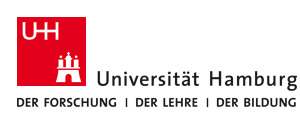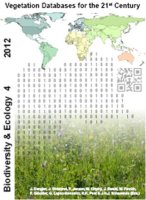Biodiversity & Ecology
Short Database Report Open Access
SWEA-Dataveg – vegetation of small wetlands in East Africa
Keywords: Aquatic plant; bio-indicator; land use; resilience; wetland ecology.
 English English
Abstract: SWEA (agricultural use and vulnerability of small wetlands in East Africa) is a multidisciplinary project which task is to evaluate the effects of land use on the ecological and socio-economical functions of small wetlands in Kenya and Tanzania. In order to allow the availability of the collected data for further studies we stored them into SWEA-Dataveg (GIVD ID AF-00-006), a database stored in Microsoft Access (mdb-format). Because this project is dealing not only with vegetation science but also with geography, soil science, hydrology and socio-economy, the database also contains information related to these research fields. Additionally, some functional traits of the plant species occurring in the relevés are included in the species list. The sampling areas are concentrated in four localities, two of them in Kenya (Karatina and Rumuruti) and two in Tanzania (Malinda and Lukozi). The vegetation ecology group is dealing in the project with the classification of the vegetation according to species composition, the correlation of plant communities with environmental factors and land uses, and the survey of potential indicator species for the determination of the resilience of wetlands. Once finished the storage, we are considering an adaptation of SWEA-Dataveg into a TURBOVEG-format as well as its extension to further projects (e.g. SWEA phase II) and relevés collected from publications.
Suggested citation:
Alvarez, M., Möseler, B.M., Josko, M., Becker, M., Langensiepen, M., Menz, G., Böhme, B., Oyieke, H., Handa, C., Kamiri, H., Misana, S., Mwita, E., Neema, M., Sakané, N. (2012): SWEA-Dataveg – vegetation of small wetlands in East Africa. – In: Dengler, J., Oldeland, J., Jansen, F., Chytrý, M., Ewald, J., Finckh, M., Glöckler, F., Lopez-Gonzalez, G., Peet, R.K., Schaminée, J.H.J. [Eds.]: Vegetation databases for the 21st century. – Biodiversity & Ecology 4: 294–295. DOI: 10.7809/b-e.00092.
|


